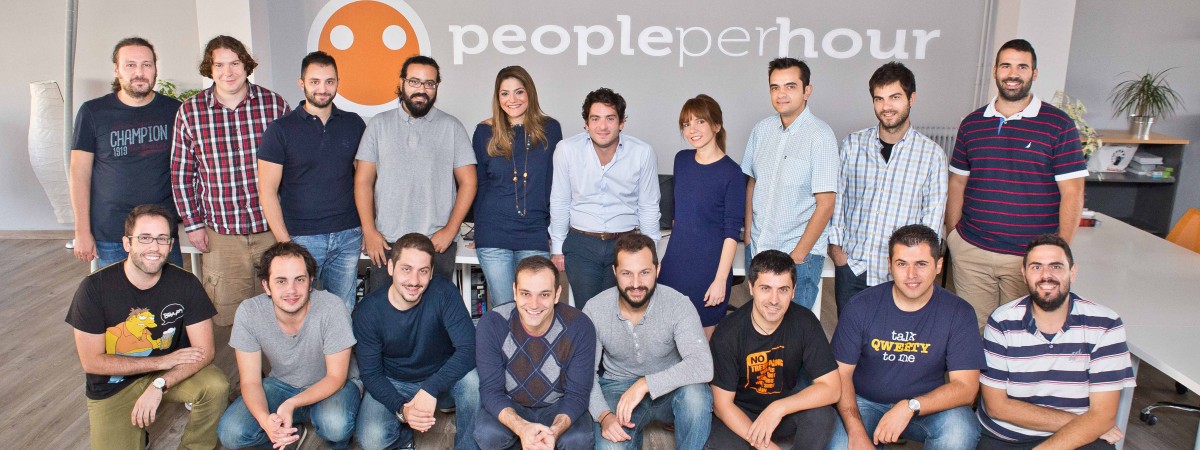Of fools and unicorns
I caught up with a good friend of mine for brunch this weekend who is also building a tech company. We’ve both been at it for roughly the same amount of time and our businesses are roughly at similar stages.
We discussed the craziness that’s happening in today’s startup landscape with valuation off the roof and companies allegedly achieving hundreds of millions in run-rate revenues within 12 months. We’re both in it for the longer term, building long lasting, value adding businesses in growing markets, that deliver products and services people find useful (or useful enough to pay for!). Which in todays world makes us sound archaic!
Sure if you build a unicorn aka a disruptive rocketship that gets a billion dollar valuation within 12 months, that is ALSO delivering sustainable value, with scalable unit economics then it’s a great achievement. However entrepreneurs today mistakenly make that the goal neglecting two very important things in my view
- The greater fool theory
You want to build a billion dollar business overnight? It’s easy. Go on the street and sell a dollar for 99cents. You will find there’s a lot of demand for that! In fact it’s guaranteed to go viral. You will have a big and growing hole in your pocket but all you need to do is convince a few nitwits that its temporary and very shortly you will build a ‘brand’ and become a destination. The ‘go to’ place to buy a dollar. Build some hype so that your stock gives return to batch1 of nitwits through a secondary sale to batch #2 nitwits and you’re now hot and trending!
It’s called the greater fool syndrome: who cares that you’re only making 99c to the dollar, so long as there’s a greater fool to the last one to buy your stock?! And in todays’ world one thing that seems to be in abundance is greater fools.
In more tech talk: its unit economics stupid! If you cant make a profit on your customer acquisition with a reasonable payback that you can fund (the deeper pockets you have the more you can push that out) then all you are doing is building a ponzie scheme. At best.
With the latest news on even the best, the most disruptive unicorns around us, such as Uber, allegedly losing over half a billion per annum, there’s many other seemingly amazing & disruptive (aka unicorns) that have questionable unit economics. Right now the ponzie scheme is funded by virtually zero interest rates. Capital is free and needs to be deployed. Even a 99c dollar business seems sexier, especially if gift-wrapped with some wishful thinking around it, than money sitting in the bank!
Rates will soon rise though, how soon we don’t know but they will. They cant go lower. The froth will start coming off the cappuccino. Capital dries up or shrinks, there’s now less greater fools in supply ready to scoop up the stock and alas we have a crunch.
Next thing you know is your investors turns up at the next board meeting and goes “say, can you send me a slide on your unit economics? I think we should turn the business profitable” Bam. You’re toast.
- Building a unicorn is not a strategy
The above argument aside, some unicorns may have the right unit economics. However building one is not a strategy. It’s like playing roulette. To paraphrase Warren Buffet “its easier to ride the wave than trying to create it”. So, much like in surfing, preparing for and positioning yourself at the right place and the right time ready to ride the wave when it comes IS a strategy. Trying to create it is wishful thinking.
What we don’t see at the outset is that, aside of the fact that a lot of these seemingly super sexy disruptive businesses are essentially a 99c to dollar businesses, even the ones that aren’t were seldom if ever a concerted plan. They just happened. Uber was started as an app for Travis and his friends. Facebook and so many others were just apps that were hacked together by kids in a dorm room and caught fire. Whatsapp, Snapchat and Instagram arguably still aren’t businesses. They’re apps with a very loose idea of how to make money at best.
There’s nothing wrong with that if you have the time and capacity to play around enough till something catches fire, and so long as you can convince Zuck to buy it. But you have better chances if you just go to Vegas! Its not a strategy to building a business.
The only sensible strategy is to sit at that interjection between delivering customer value via products and services that are building for the future and keep innovating. Pick the right macro, build a great team and hang in there, surviving one day at a time. If you do you can’t lose. You may not get rich overnight but you will build a lasting business, and as Buffet showed will eventually make more money than those nitwits put together. By investing in long term value creation.
Fads come and go. Value stays.











